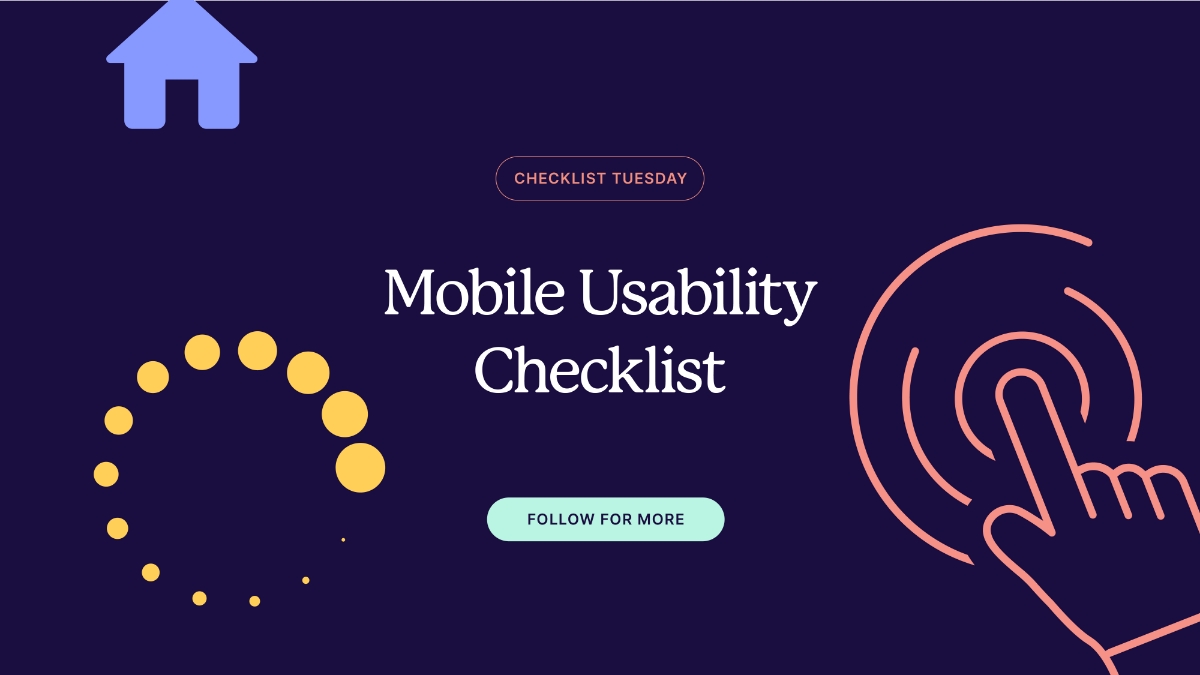As technology evolves, so do the ways consumers search for products and make purchases. By the end of 2024, over half of all searches are expected to be voice-based, driven by the convenience of voice assistants such as Alexa, Google Assistant, and Siri.
This guide will walk you through how to ensure your online store is voice-search friendly and what you’ll need in order to integrate voice-search into your website.
Preparation and Planning
Before jumping into voice search optimisation, you need to understand the impact it will have on your existing online store. Voice search queries are often longer, conversational, and more localised than traditional text-based searches. To effectively optimise, you’ll need to adjust both your content strategy and technical SEO practices. Planning and preparation will set the foundation for successful implementation.
What You’ll Need
- A mobile device or voice assistant (e.g., Google Assistant, Amazon Alexa, or Siri) to test voice search queries.
- Access to your website’s content management system (CMS).
- Analytics tools (Google Analytics, SEMrush, or Ahrefs) to track performance.
- SEO tools like Google Search Console for keyword research and tracking.
- A content strategy or plan for revising product descriptions, FAQs, and metadata.
Preparation Checklist
- Google My Business: Set up a Google My Business account and ensure local listings are accurate.
- Research Voice Search Trends: Understand the most common phrases and keywords used in voice searches. Look for questions that customers might ask about your products.
- Mobile-First Design: Ensure your website is fully optimised for mobile, as most voice searches occur on mobile devices.
- Update Your Website’s Content: Focus on long-tail keywords, natural language, and direct answers to user queries.
- Local SEO Optimisation: If your business has a physical location, make sure your online store is optimised for local searches (e.g., “near me” searches).
- Improve Page Speed: Voice search users expect fast results. Optimise your website’s loading speed for a smoother experience.
Step-by-Step Voice Search Optimisation
Optimising your online store for voice search involves several steps, from refining your keyword strategy to ensuring your website loads quickly on mobile devices. This section will break down each step and provide clear instructions to guide you through the process.
Step 1: Focus on Conversational Keywords
Voice searches are naturally more conversational and often contain longer phrases or full sentences. Adapting your keyword strategy to match this trend will help you rank for voice queries.
How to Do It:
- Identify Common Voice Queries: Use tools like Answer The Public or Google Keyword Planner to find questions people are asking about your products.
- Focus on Long-Tail Keywords: Voice searches tend to be longer, so target long-tail keywords with 4+ words (e.g., “best organic skincare for acne”).
- Use Natural Language: Optimise product descriptions, blog posts, and FAQs with phrases that people would typically use in everyday conversation. For example, instead of “buy running shoes,” target “Where can I buy comfortable running shoes near me?”
Common Mistakes:
- Focusing only on short-tail keywords that may not align with voice search habits.
- Not incorporating natural language or phrasing that customers would actually use.
- Stuffing keywords into sentences unnaturally.
Step 2: Optimise for Featured Snippets
Featured snippets are the quick answers that appear at the top of search results, and they’re often triggered by voice searches.
How to Do It:
- Structure Your Content for Snippets: Use clear headings (H2, H3) and direct answers to common questions related to your products or services.
- Format for Easy Skimming: Use bullet points, numbered lists, and short paragraphs to ensure Google can easily pull your content as a featured snippet.
- Use Schema Markup: Implement structured data (schema) for product pages and reviews to improve your chances of appearing in rich snippets.
Step 3: Optimise for Local Searches
Many voice searches are location-specific. If your online store serves a particular region, optimising for local search can help you attract more customers.
How to Do It:
- Claim and Optimise Your Google My Business (GMB): Ensure your business information is accurate, including hours, location, and contact details.
- Add Location-Based Keywords: Include city or neighbourhood names in your product descriptions and metadata (e.g., “eco-friendly furniture in Denver”).
- Encourage Reviews: Positive reviews with location mentions can help your store rank higher for local voice search queries.
Common Mistakes:
- Failing to claim or optimise your Google My Business listing.
- Ignoring local-specific keywords that could drive traffic from nearby customers.
Step 4: Enhance Page Speed and Mobile Optimisation
Most voice searches happen on mobile devices, meaning your site needs to load fast and be mobile-friendly.
How to Do It:
- Optimise Site Speed: Compress images, enable browser caching, and reduce unnecessary scripts to improve load times. Use tools like Google PageSpeed Insights to check your website’s load time. Aim for fast load speeds—under 3 seconds.
- Check Mobile-Friendliness: Use Google’s Mobile-Friendly Test to make sure your site works well on mobile devices.
- Simplify Navigation: Streamline your mobile site’s navigation to make it easy for users to find what they need quickly.
Pro Tip: Focus on compressing large images and reducing unnecessary JavaScript to improve load times. You can read more about optimising your page speed here.
Step 5: Utilise Structured Data
Structured data helps search engines understand your content and can improve your chances of appearing in voice search results.
How to Do It:
- Implement Schema Markup: Mark up your product pages with schema to highlight important details like price, availability, and reviews.
- Mark Up Reviews and Ratings: Adding structured data for product reviews can make your listings stand out and improve visibility in voice search.
Troubleshooting and FAQs
Common Issues and Solutions
Problem #1: My online store isn’t showing up in voice search results.
Solution: Ensure your content is optimised for featured snippets and long-tail keywords. Make sure your GMB listing is claimed and accurate.
Problem #2: My website is mobile-friendly, but I’m still not ranking well for voice search.
Solution: Review your content strategy and focus on answering specific questions. Implement schema markup and ensure your content is easily scannable.
Problem #3: Voice search results show irrelevant information from my site.
Solution: Refine your on-page SEO by improving internal linking, revising product descriptions, and using more natural, conversational language.
FAQs
Q: How do I know if my site is optimised for voice search?
A: Check if your site loads quickly, is mobile-friendly, and has content that aligns with natural language queries. Tools like Google Search Console can provide insights on performance.
Q: Will optimising for voice search hurt my traditional SEO?
A: No, voice search optimisation complements traditional SEO. In fact, focusing on conversational queries can boost your overall search visibility.
Conclusion
Optimising for voice search is a worthwhile investment, but it does require a thoughtful, ongoing effort to see significant results. While the steps themselves aren’t overly complex, the time and precision needed to do it right should be considered. Optimising for voice search isn’t just about making changes to your SEO—it’s about enhancing the user experience and anticipating how people are using voice technology to shop.
Next Steps
Now that you’ve optimised your store for voice search, consider diving deeper into mobile optimisation or exploring advanced schema markup techniques. Continuing to refine your SEO strategy will ensure you stay ahead of the competition.
Need help with your online store?
Contact our team of experts today to get personalised guidance in navigating the complexities of eCommerce development to maximise your online potential.








